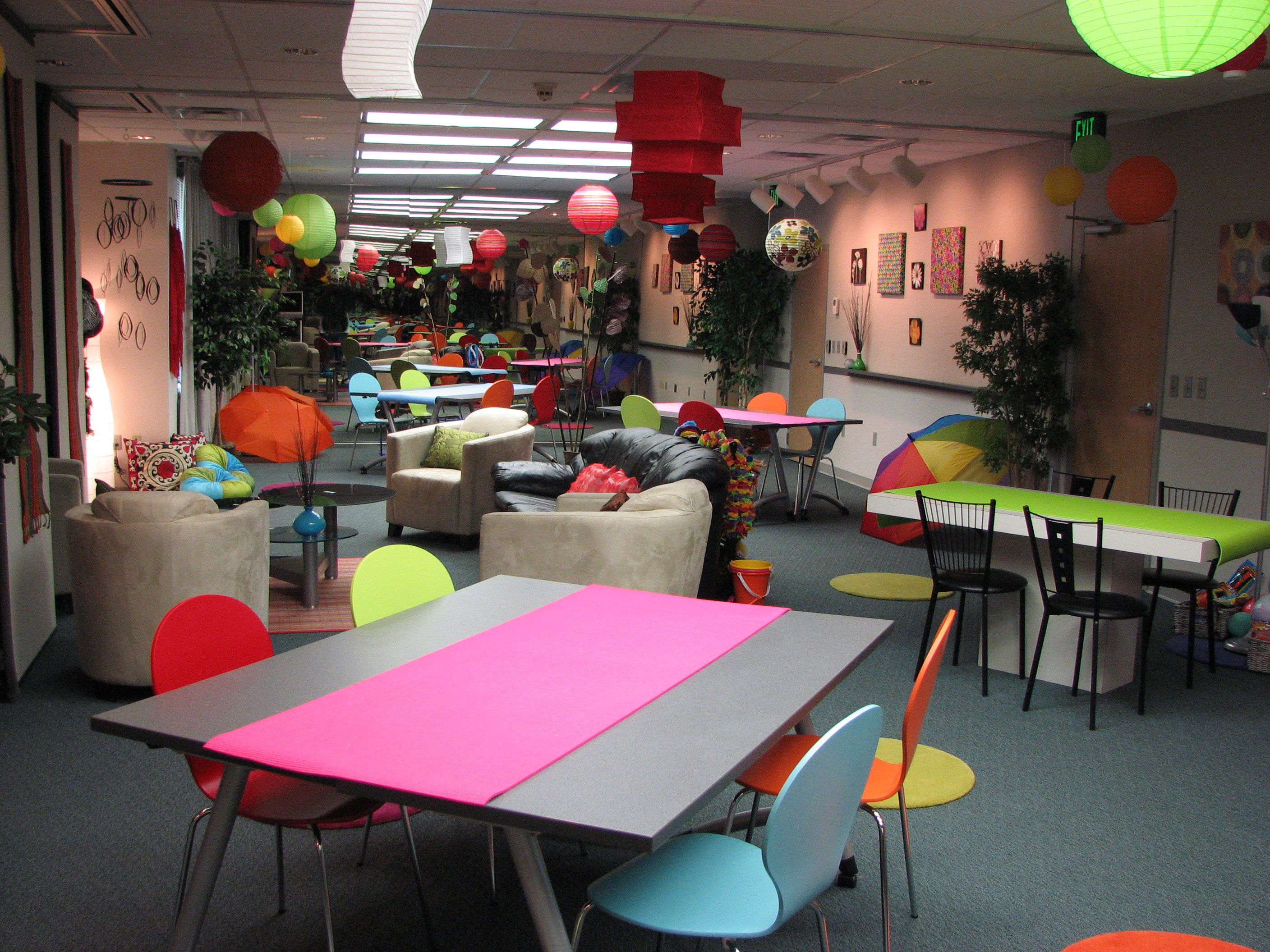SPONSORED CONTENT
Marisa L. Pope
Owner, Jackson Research
 Qualitative was supposed to be dead by now. So why isn’t it?
Qualitative was supposed to be dead by now. So why isn’t it?
There are mountains of behavioral data at our fingertips that tell us what people are doing, when and with whom they’re doing it.
It’s simple. We need to know WHY. Why they chose that place, with those people, at that time of day. Without the “why” we can’t do much about their behavior except watch it.
I’m not going to bore you with all the other reasons why qualitative is living past its predicted expiration date. What’s important is the future of qualitative and how that future will affect the industry. How will researchers have to adapt? What will facilities look like? And how will research buyers use it moving forward? These are the questions we all have to answer if we want to maintain relevance.
Adapt or die
The real difference between qualitative and quantitative is the emotive substance baked into the very core of most qualitative methods. Recently there’s been a resurgence of mixed methods, including both, as researchers seek to get a “twofer.” This requires both empathetic and analytical minds to collaborate; no easy task but one organizations will have to master.
And let’s face it, these studies are expensive. But research buyers are discovering that one such project can offer the insights of multiple individual attempts (in less time) to gain the same level of understanding.

Four walls and a mirror
Researchers won’t be the only ones asked to transform. Many facilities, too, may have to undergo a makeover. It won’t be enough to have four walls and a mirror; even the living room setup is practically passé. No, facilities will have to become more adaptable, with creative, inspiring décor custom-built for the solution at hand – such as pubs, hospital rooms and even backyards – if we want to stay relevant.
As Steve Kantscheidt, CEO of research insights consultancy THREE says, “We need to be creative in meeting people on their own terms, in comfortable environments, fostering creative thinking and storytelling. There’s a myriad of ways to do that but the key is to think of every project as an individual puzzle and identify the unique solution that meets the unique questions.”
Customizable facilities like Jackson Research will be in high demand as clients search for agencies capable of creating unique spaces in controlled environments. Instant Access® is also expected in facilities; now we must have tablets, so with the click of an icon clients can get copies, order meals or even request a coffee run. The days of searching for a hostess are gone, thanks to technology.
Sexy or sustainable
But technology hasn’t always panned out as expected. According to the 2017 Q1-2 edition of the GRIT Report, only one-in-10 research buyers indicated their real-world projects compared “very well” to their ideal project. One could speculate this is due to an almost universal attempt to offer “sexier” alternatives to traditional research. However, as shown in the 2016 edition of this same publication, many of the methods touted as the “future of marketing research” just a few scant years ago had already stabilized, rather than showing signs of increased adoption.
In fact, the data showed social media analytics, virtual reality and biometrics were flat over a two-year period. Why?
There are many possible reasons: expense, technical expertise, appropriate venue. But in the end, I believe it’s because human connections still matter. Even the younger audiences, raised in a virtual world, with virtual friends and virtual playgrounds, enjoy coming together in face-to-face discussion groups. Rather than replace, researchers are integrating methods such as research gamification, online communities and mobile qualitative into traditional study designs. Perhaps because as stand-alone methods these methods still lack the depth required?
The end game
In their attempt to minimize project costs many corporations are opening autonomous facilities only to find the biggest expense is in building and maintaining a quality panel. Not only does the panel require constant attention but facilities spend valuable time and resources trying to weed out professional respondents; undoubtedly the greatest threat to qualitative.
The average consumer isn’t as average as they used to be; search “paid focus groups” and you will find almost 1.8 million results. Consider sites such as www.focusgroupmagic.com or www.takesurveysforcash.com, both encouraging registration for as many groups as possible. Indeed, the most unscrupulous panelists have mastered the art of manipulation, making the use of photo ID meaningless. Tying encrypted participant data to a single profile, while daunting, is a mission Jackson has undertaken to prevent this type of fraud and will eventually become industry standard.
Qualitative research is here to stay. And while many consider it antiquated, we haven’t discovered a superior method for gaining the insight a skilled practitioner can get from an engaged participant. One day, technology might offer us one (a Vulcanesque mind meld perhaps?) but probably not in my lifetime.
In the end, it’s conversation
Observation, awareness, social constructs and psychology combine in perfect harmony to offer research buyers a glimpse of the participants’ worlds. And while technological advances such as the Internet and streaming have opened up new pathways of communication, none has surpassed good old-fashioned conversation for gaining insight.

www.jacksonresearch.com
770-394-8700
